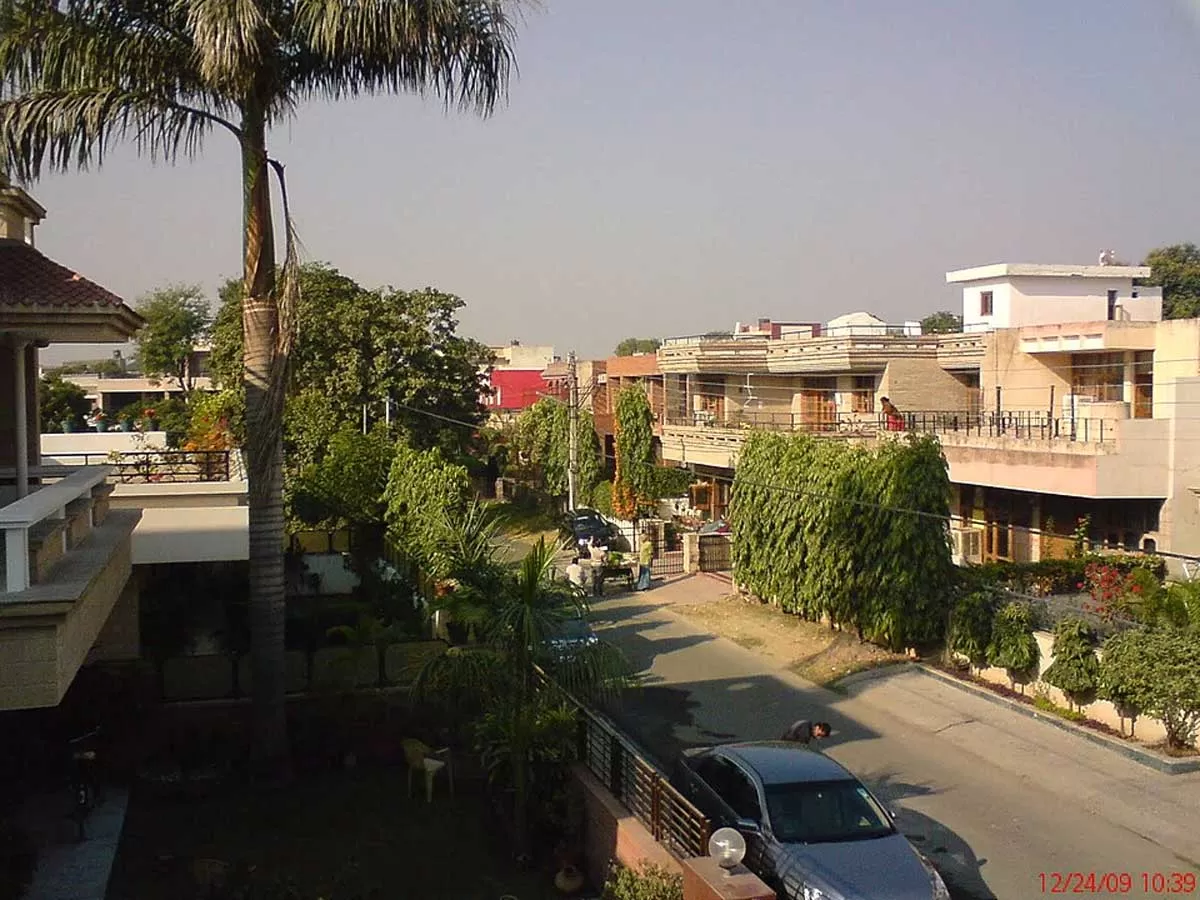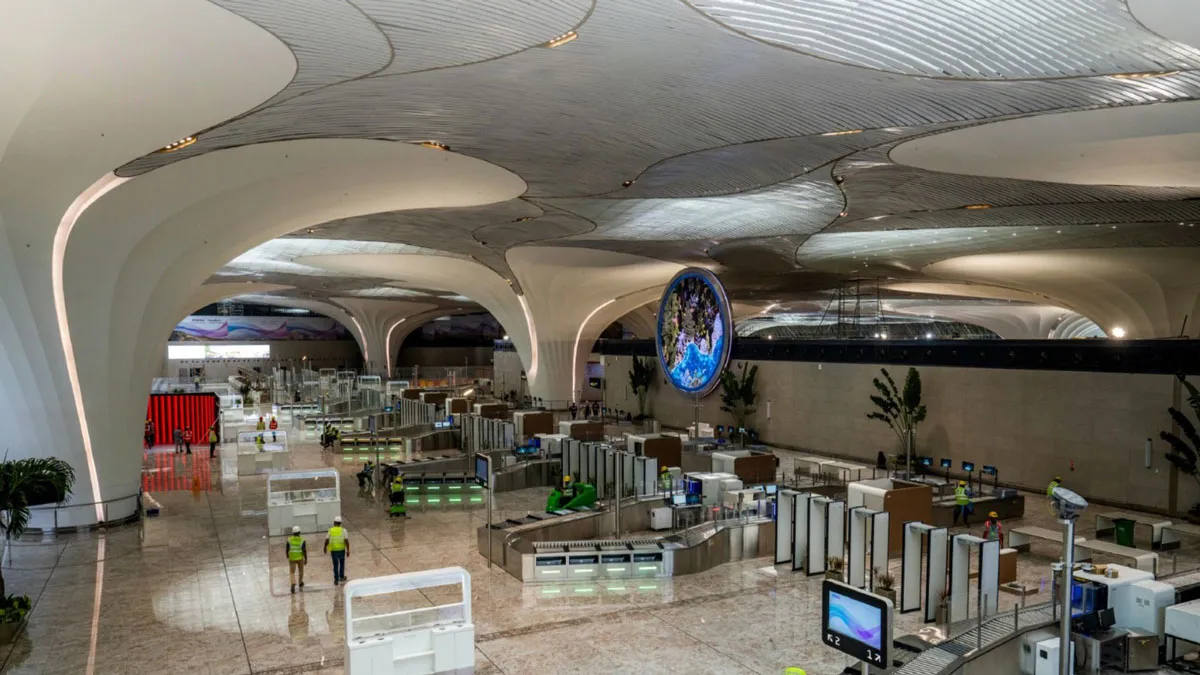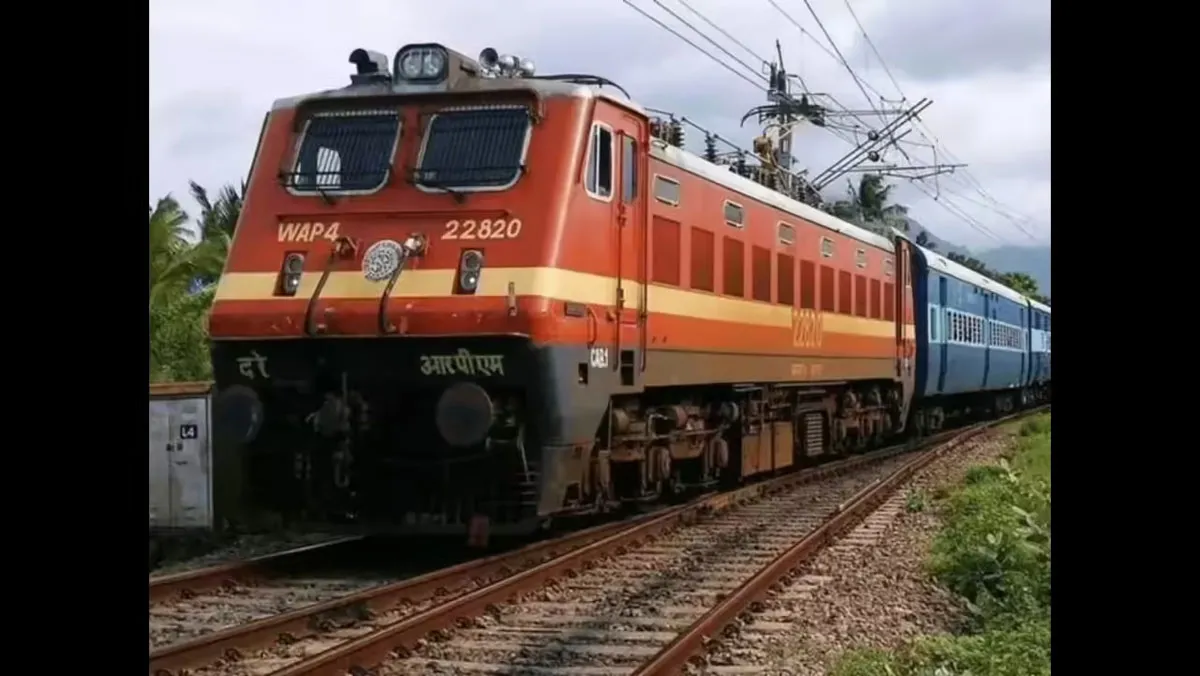
CM Saini unveils Rs 550M projects to boost Panchkula infra

Taking Flight!
When Prime Minister Narendra Modi inaugurated the Navi Mumbai International Airport (NMIA) on October 8, 2025, it marked far more than the opening of another terminal – it signified a turning point in India’s aviation and infrastructure narrative. Developed by Adani Airport Holdings Ltd (AAHL) in partnership with the City and Industrial Development Corporation (CIDCO), NMIA represents a bold vision of how modern India intends to connect its people, power its economy and project its identity on the global stage.“The Navi Mumbai International Airport is a project that exemplifies the visio..

Highway Guidelines 2.0
In August 2025, a Public Accounts Committee comprising members of the Lok Sabha and Rajya Sabha presented a report, ‘Levy and Regulation of Fees, Tariffs, User Charges etc on Public Infrastructure and Other Public Utilities in the context of the Ministry of Road Transport and Highways (MoRTH) and the National Highways Authority of India (NHAI).Having examined present design accountability, subcontracting, pavement failures, emergency response mechanisms, toll reforms, service quality, stakeholder consultations and other aspects, the Committee presented recommendations covering the planning a..

Railways approves major upgrade for Telangana traction lines
The Ministry of Railways has approved the upgradation of the electric traction system in two crucial railway sections — Medchal–Mudkhed (225 km) and Mahbubnagar–Dhone (184 km). The projects, costing Rs 1.93 billion and Rs 1.23 billion respectively, will enhance the electric traction capacity from 1X25 KV to 2X25 KV. The work includes modifications to circuit breakers and switching stations, along with the installation of additional conductors. These routes serve as vital links between Northern and Southern India via Hyderabad. Once completed, the upgraded system will reduce voltage dro..
















